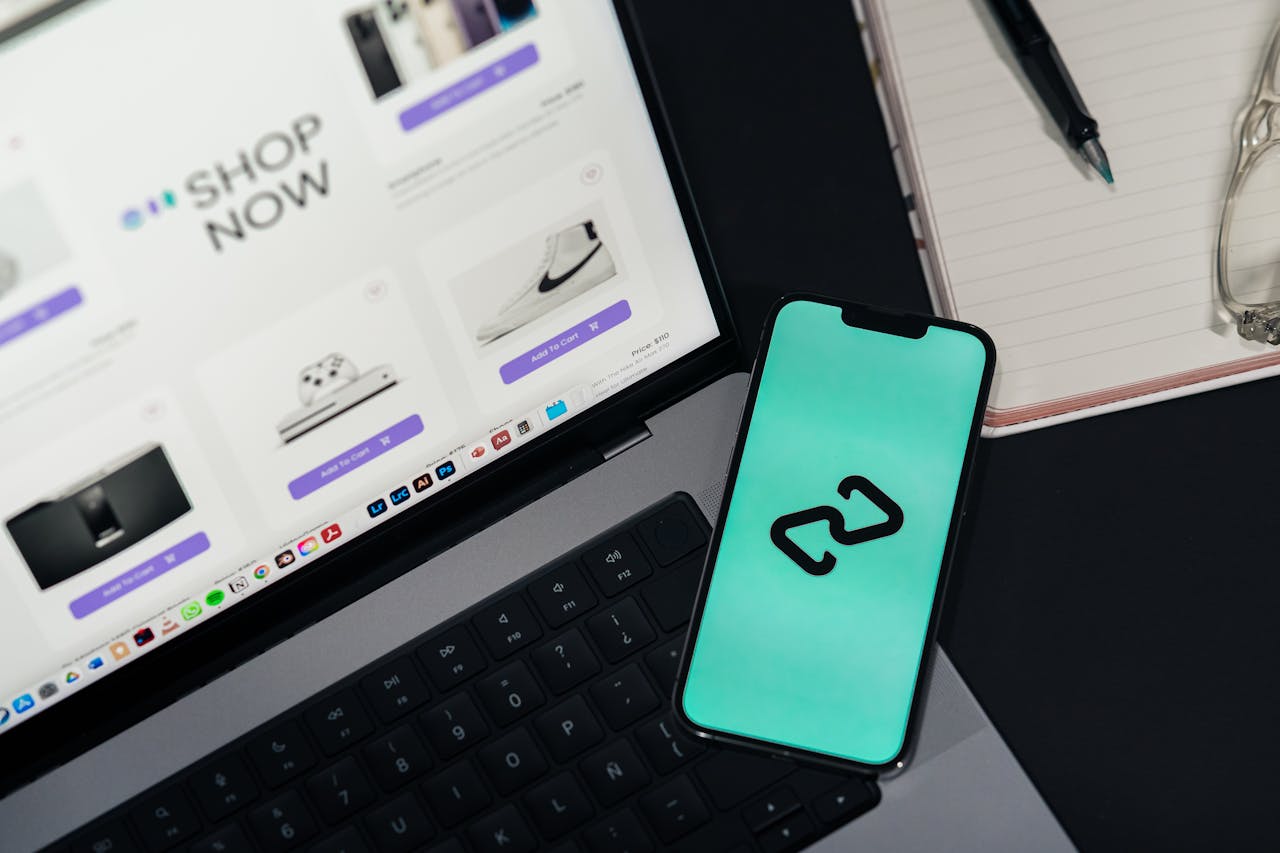Write Us: hello@ali5.org
How to Turn Your Skills Into Cash-Flowing Digital Products
Got a skill? Turn it into a digital product that sells. Learn step-by-step how to create, price, and market digital products that generate real income.

If you’ve ever thought, “I wish I could make money off what I know,” you’re not alone. And the truth is, you can. We’re living in a time where skills aren’t just valuable in a job interview; they’re the foundation for digital products that sell in your sleep. Whether you’re a designer, teacher, marketer, or just someone who’s really good at organizing chaos, chances are you’ve got something that others are willing to pay to learn or use. The trick is figuring out how to package that value into something people can download, access, and benefit from, without you having to constantly trade time for money.
Here’s how to actually do it.
Step 1: Identify a Skill People Will Pay For
You don’t need to be an “expert.” You just need to know more than the average person about a topic they care about.
Start by listing out your skills:
-
What do people come to you for help with?
-
What do you do naturally that others find hard?
-
What topics do you read about or tinker with for fun?
Then do a simple check: is there a demand for this skill? Google Trends, Amazon, Reddit, Quora, and TikTok are your best friends here. If people are asking questions, buying books, or watching tutorials around your topic, it’s a green light.
Examples:
-
If you’re good at budgeting, make a personal finance planner.
-
If you’re a teacher, create a course on how to teach students with ADHD.
-
If you’re a fitness coach, build a digital workout calendar with meal plans.
Step 2: Choose the Right Format for Your Digital Product
Different skills translate into different types of digital products. Pick a format that matches how your audience learns or solves problems. Some popular types include:
-
Ebooks & Guides: Great for step-by-step processes or deep knowledge.
-
Online Courses: Ideal for more complex topics that benefit from structure and visuals.
-
Workbooks & Printables: Perfect for organization, tracking, or planning.
-
Templates: Time-saving tools like email sequences, resume templates, or design mockups.
-
Membership Sites: Ongoing access to content, tools, or community.
-
Audio/Video Content: Useful for storytelling, coaching, or inspiration.
Pro tip: Don’t overcomplicate it. Start with one simple product before building a full ecosystem.
Step 3: Build It Without Burning Out
Creating a product isn’t as scary as it sounds. The key is breaking it down:
-
Outline the Content – Think from the buyer’s perspective. What are they trying to accomplish? What steps do they need to take?
-
Create the Materials – Use free tools like Google Docs, Canva, Notion, Loom, or even your phone to record.
-
Design It Nicely – Looks matter. Canva is your go-to if you’re not a designer.
-
Package It – Save it as a PDF, upload videos to Teachable or Gumroad, or use platforms like Podia, Etsy, or Payhip to list your product.
Done is better than perfect. You can refine it later, just get version 1 out there.
Step 4: Set a Price That Reflects Value, Not Just Effort
Pricing trips a lot of people up. But here’s the thing: people don’t pay based on how long it took you to make it, they pay for the transformation it delivers.
Ask yourself:
-
What problem does my product solve?
-
How much would solving this problem be worth to someone?
-
Are there competitors, and what do they charge?
For example:
-
A simple budget template that saves someone from overdraft fees every month? That’s easily worth $10–$25.
-
A resume template that lands interviews? Could go for $30–$60.
-
A niche online course that helps someone start freelancing? You can charge $99, $199, or more.
Start small, test, and raise prices once you get traction and testimonials.
Step 5: Market It Without Feeling Gross
Marketing isn’t about being pushy. It’s about showing up where your audience hangs out and helping them understand how your product makes their life better.
Here’s what works:
-
Content marketing: Write helpful blog posts, record short videos, or post carousels on Instagram around your topic.
-
Email list: Start one early, even a small list of 50–100 people can turn into sales if they trust you.
-
Pinterest & SEO: These platforms are gold for evergreen traffic, especially for planners, templates, or guides.
-
Social proof: Share feedback, testimonials, or before-and-after results. People trust people.
Don’t underestimate the power of simply talking about your product regularly. Most people need to see it multiple times before they buy.
Step 6: Automate the Delivery (Make It Passive)
This is where the magic happens.
Use tools that handle the delivery for you:
-
Gumroad or Payhip for PDFs, templates, or ebooks.
-
Teachable, Thinkific, or Kajabi for courses.
-
Podia if you want to combine multiple formats and sell subscriptions.
Connect your product to a payment processor (Stripe or PayPal), set up an automated thank-you email, and boom, it runs without you.
Want to go a step further? Create an email funnel that sends helpful tips and gently nudges people toward your product.
Step 7: Get Feedback, Improve, and Scale
Your first product won’t be perfect. That’s okay. Ask your early buyers:
-
What did you love?
-
What felt confusing or missing?
-
Would you recommend it?
Use that feedback to polish version 2, or to spark new product ideas.
Then start stacking products or bundling them together. This is how you go from making $50 here and there to a consistent side income or full-time business.
Final Thoughts
You don’t need to wait for someone to hire you to get paid for your skills. The internet lets you create something once and sell it a hundred times over. You already have knowledge that could help someone save time, solve a problem, or improve their life, and people will pay for that.
The only difference between you and the person making $5K a month from digital products?
They started.
So pick one skill, one idea, and one product format. Get it out there, learn from the process, and keep going. Your future self (and bank account) will thank you.







